-
 bitcoin
bitcoin $120167.907534 USD
1.27% -
 ethereum
ethereum $4468.611945 USD
2.53% -
 xrp
xrp $3.013607 USD
1.80% -
 tether
tether $1.000549 USD
-0.01% -
 bnb
bnb $1092.592149 USD
6.28% -
 solana
solana $231.391244 USD
4.59% -
 usd-coin
usd-coin $0.999699 USD
-0.04% -
 dogecoin
dogecoin $0.259020 USD
4.30% -
 tron
tron $0.342747 USD
0.34% -
 cardano
cardano $0.860977 USD
1.07% -
 hyperliquid
hyperliquid $50.155412 USD
5.34% -
 chainlink
chainlink $22.637678 USD
0.46% -
 ethena-usde
ethena-usde $1.000528 USD
-0.07% -
 avalanche
avalanche $30.613779 USD
-0.07% -
 stellar
stellar $0.403905 USD
0.94%
How do I manage MetaMask's network request permissions?
MetaMask network permissions let dApps read your address and suggest transactions, but never grant automatic fund access—always review and revoke connections as needed.
Sep 28, 2025 at 05:54 pm
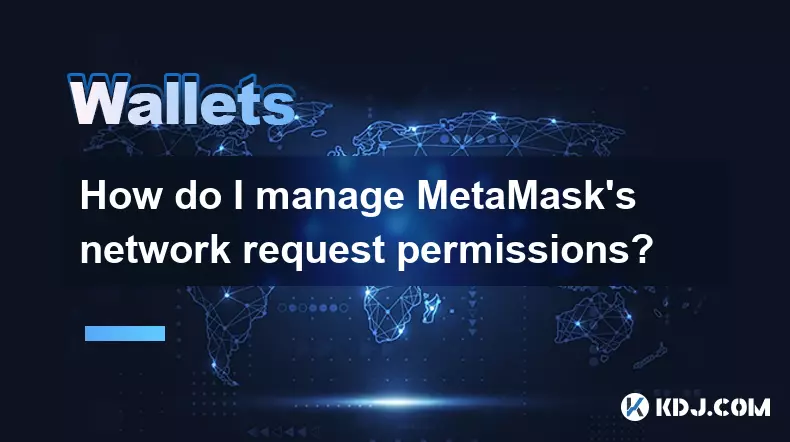
Understanding MetaMask Network Request Permissions
1. MetaMask operates as a non-custodial wallet, giving users full control over their private keys and blockchain interactions. When connecting to decentralized applications (dApps), these platforms often request access to your wallet’s network permissions. These permissions allow dApps to suggest transactions, read your public address, and interact with specific blockchains supported by MetaMask. Users must actively approve or deny each connection request to maintain security.
2. By default, MetaMask does not automatically grant any network access. Every time you visit a new dApp, a pop-up appears asking whether you want to connect your wallet. This prompt includes details about the site requesting access and which network it intends to operate on—such as Ethereum Mainnet, Binance Smart Chain, or Polygon. Granting permission enables the dApp to retrieve basic account information without exposing sensitive data like seed phrases.
3. Approving a network request does not give the dApp authority to initiate unauthorized transactions. Each transaction still requires explicit user confirmation through MetaMask’s interface. However, malicious sites may attempt social engineering tactics to trick users into signing harmful messages or approving token approvals that can lead to fund loss. Always verify the legitimacy of the dApp before proceeding.
Adjusting Connected Site Permissions
1. To manage which websites currently have access to your wallet, open MetaMask and navigate to the “Connected Sites” section under settings. Here, you’ll see a list of all dApps that have been granted permission to interact with your wallet on various networks. Each entry displays the domain name and the scope of access provided.
2. From this menu, you can individually disconnect any site by clicking the trash icon next to its name. Disconnecting revokes the dApp’s ability to read your address or suggest transactions until you reconnect manually. This is especially useful if you’ve visited a suspicious platform or no longer use a particular service.
3. Revoking access immediately stops future interaction attempts from that domain, enhancing your protection against potential phishing attacks or rogue scripts. It's recommended to periodically review this list and remove unused or untrusted connections to minimize exposure.
Customizing Network Settings for Security
1. MetaMask supports multiple blockchain networks beyond Ethereum. You can add custom RPC networks for chains like Avalanche, Fantom, or Arbitrum. When a dApp requests connection to a network not already configured in your wallet, MetaMask will prompt you to either switch to an existing network or accept the suggested configuration.
2. Before accepting a new network suggestion, inspect the RPC URL, chain ID, and currency symbol. Scammers sometimes create fake networks designed to mimic legitimate ones but with slight variations in the chain ID or endpoint. Entering such environments could expose you to fraudulent token swaps or invisible transaction fees.
3. Manually adding trusted networks through verified sources ensures consistency and reduces risks associated with automatic network suggestions. Once added, these networks appear in your network dropdown, allowing quick switching between ecosystems while maintaining control over where your wallet interacts.
Handling Unauthorized Access Attempts
1. If you notice unfamiliar dApps in your connected sites list or experience unexpected transaction prompts, disconnect immediately and audit your active connections. Some phishing pages simulate official interfaces to capture wallet approvals under false pretenses.
2. Consider using wallet shielding tools or browser extensions that flag known malicious domains. These services cross-reference visited URLs with blacklists maintained by security researchers and community reports.
3. Never sign unsigned messages or transactions prompted by unknown sources. Even if the message appears harmless, it might contain encoded commands exploitable by attackers. Always check the hex data or decoded payload in advanced view before confirming.
Frequently Asked Questions
What happens when I disconnect a site from MetaMask?Disconnecting a site removes its ability to read your wallet address or request transaction signatures. The dApp will need to re-initiate a connection request the next time you visit, giving you another chance to approve or deny access.
Can a connected dApp steal my funds just by being connected?No, simply connecting a dApp cannot withdraw funds. However, some dApps request token approval allowances during interactions, which—if granted excessively—can be exploited later. Always limit approval amounts and revoke them via Etherscan or dedicated revocation tools if no longer needed.
How do I know if a network request is safe?Verify the website’s URL matches the official project domain. Check community channels like Discord or Twitter for announcements regarding legitimate integrations. Avoid granting access on shortened links or search engine results that haven’t been independently confirmed.
Is it safe to allow network switching requests?Only allow network switching if you recognize the destination chain and have previously added it yourself. Unexpected switches to unknown networks may indicate a scam attempting to trick you into paying gas fees on a useless chain or interacting with counterfeit tokens.
Disclaimer:info@kdj.com
The information provided is not trading advice. kdj.com does not assume any responsibility for any investments made based on the information provided in this article. Cryptocurrencies are highly volatile and it is highly recommended that you invest with caution after thorough research!
If you believe that the content used on this website infringes your copyright, please contact us immediately (info@kdj.com) and we will delete it promptly.
- BlockDAG, DOGE, HYPE Sponsorship: Crypto Trends Shaping 2025
- 2025-10-01 00:25:13
- Deutsche Börse and Circle: A StableCoin Adoption Powerhouse in Europe
- 2025-10-01 00:25:13
- BlockDAG's Presale Buzz: Is It the Crypto to Watch in October 2025?
- 2025-10-01 00:30:13
- Bitcoin, Crypto, and IQ: When Genius Meets Digital Gold?
- 2025-10-01 00:30:13
- Stablecoins, American Innovation, and Wallet Tokens: The Next Frontier
- 2025-10-01 00:35:12
- NBU, Coins, and Crypto in Ukraine: A New Yorker's Take
- 2025-10-01 00:45:14
Related knowledge

How to get the Trust Wallet browser extension?
Oct 01,2025 at 12:37am
How to Access the Trust Wallet Browser Extension1. Visit the official Trust Wallet website through a secure internet connection. Navigate to the downl...

How to interact with a DApp using Trust Wallet?
Oct 02,2025 at 10:00pm
Connecting Trust Wallet to a DApp1. Open the Trust Wallet app on your mobile device and ensure your wallet is unlocked with access to your assets. Nav...
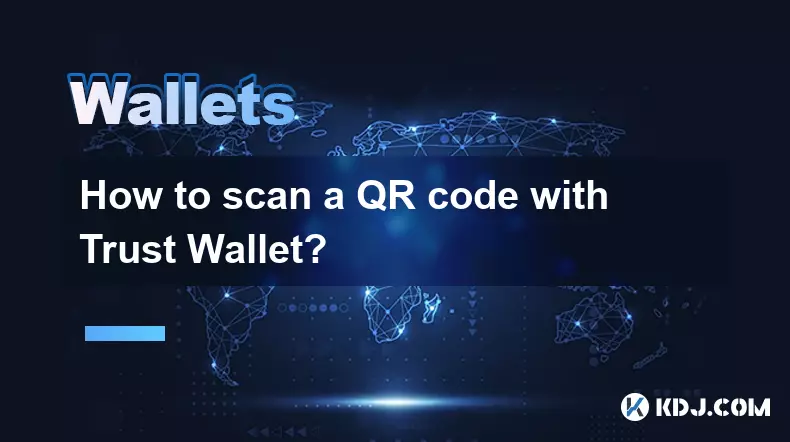
How to scan a QR code with Trust Wallet?
Oct 02,2025 at 03:37pm
Understanding QR Codes in Trust Wallet1. QR codes are widely used in cryptocurrency applications to simplify transaction processes. Trust Wallet lever...
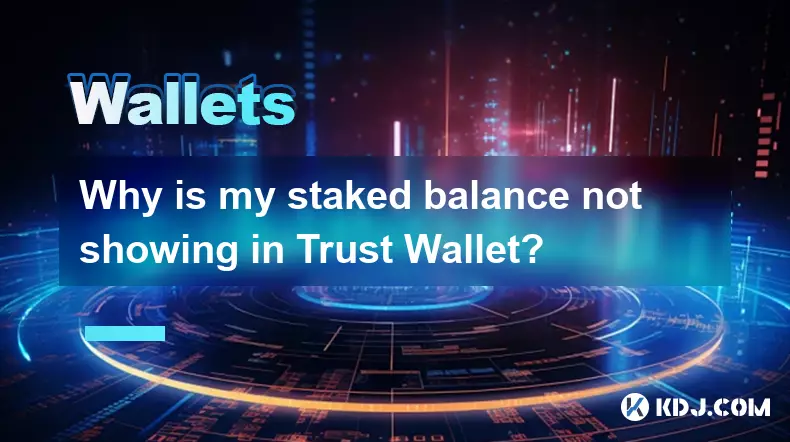
Why is my staked balance not showing in Trust Wallet?
Oct 01,2025 at 12:54am
Understanding Decentralized Exchanges in the Crypto Ecosystem1. Decentralized exchanges (DEXs) operate without a central authority, allowing users to ...
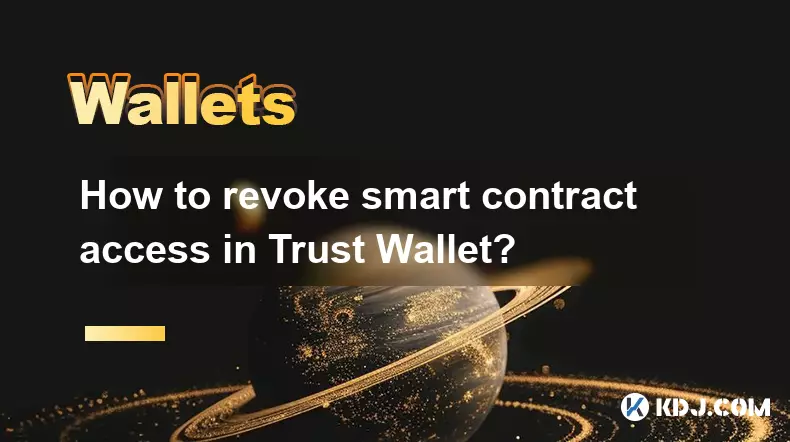
How to revoke smart contract access in Trust Wallet?
Oct 01,2025 at 12:54pm
Understanding Smart Contract Access in Trust Wallet1. Smart contracts are self-executing agreements built on blockchain networks, commonly used in dec...
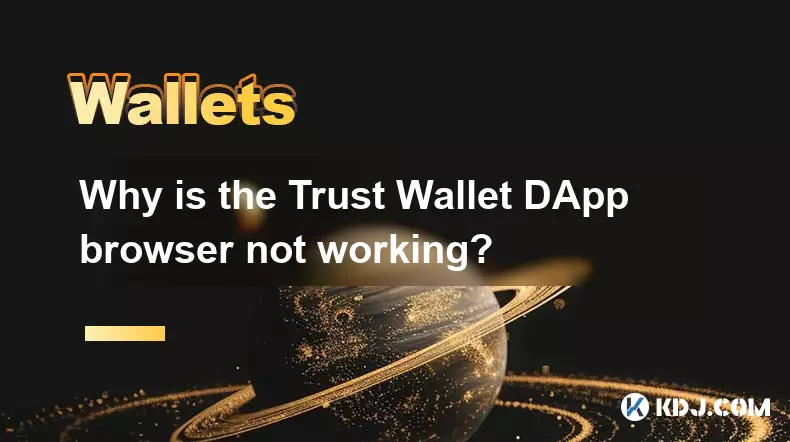
Why is the Trust Wallet DApp browser not working?
Oct 01,2025 at 05:36am
Common Causes of Trust Wallet DApp Browser Issues1. The DApp browser within Trust Wallet may fail to load due to connectivity problems. A weak or unst...

How to get the Trust Wallet browser extension?
Oct 01,2025 at 12:37am
How to Access the Trust Wallet Browser Extension1. Visit the official Trust Wallet website through a secure internet connection. Navigate to the downl...

How to interact with a DApp using Trust Wallet?
Oct 02,2025 at 10:00pm
Connecting Trust Wallet to a DApp1. Open the Trust Wallet app on your mobile device and ensure your wallet is unlocked with access to your assets. Nav...

How to scan a QR code with Trust Wallet?
Oct 02,2025 at 03:37pm
Understanding QR Codes in Trust Wallet1. QR codes are widely used in cryptocurrency applications to simplify transaction processes. Trust Wallet lever...

Why is my staked balance not showing in Trust Wallet?
Oct 01,2025 at 12:54am
Understanding Decentralized Exchanges in the Crypto Ecosystem1. Decentralized exchanges (DEXs) operate without a central authority, allowing users to ...

How to revoke smart contract access in Trust Wallet?
Oct 01,2025 at 12:54pm
Understanding Smart Contract Access in Trust Wallet1. Smart contracts are self-executing agreements built on blockchain networks, commonly used in dec...

Why is the Trust Wallet DApp browser not working?
Oct 01,2025 at 05:36am
Common Causes of Trust Wallet DApp Browser Issues1. The DApp browser within Trust Wallet may fail to load due to connectivity problems. A weak or unst...
See all articles










































































